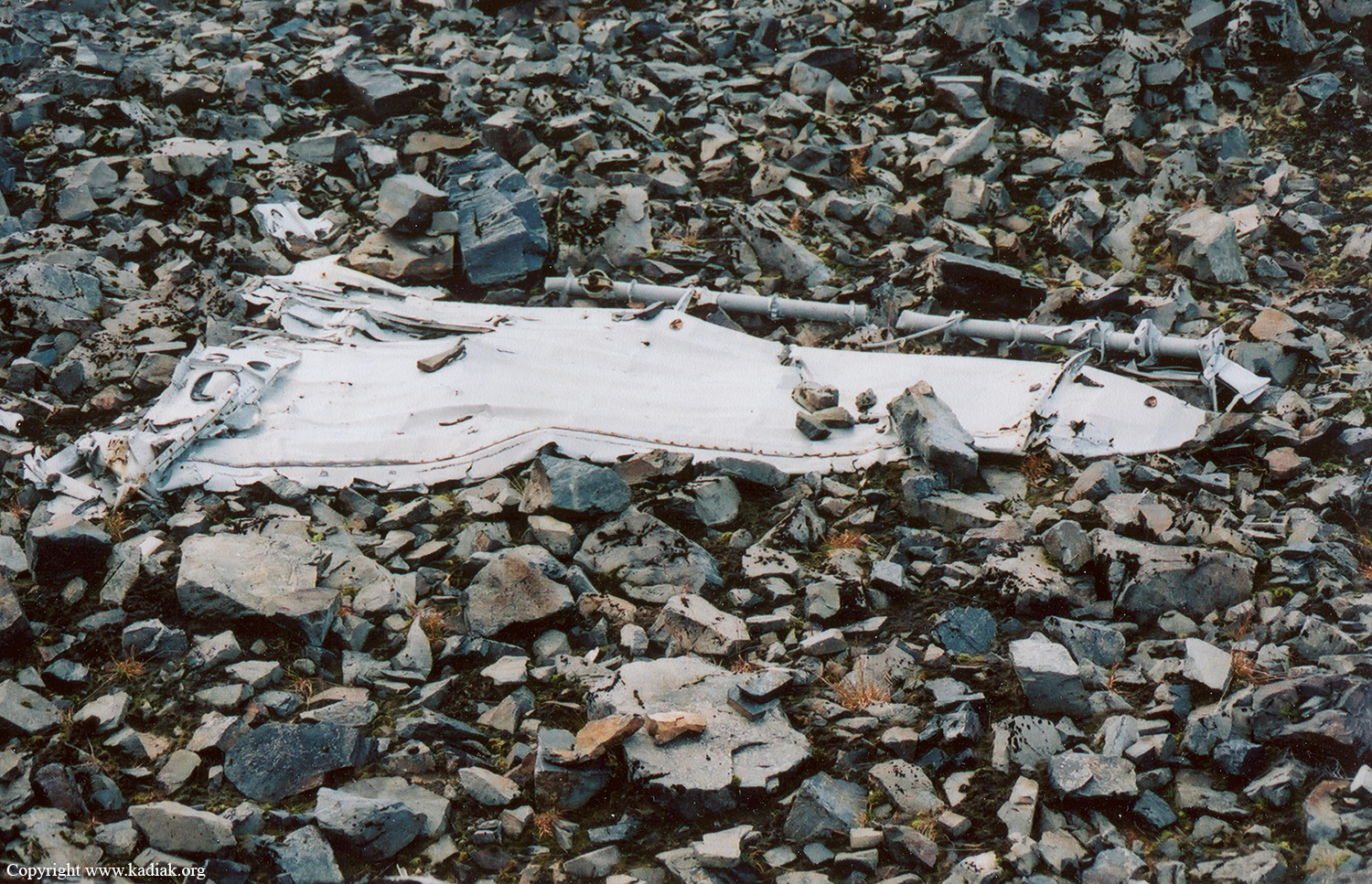Crash of a Consolidated PB4Y-2 Privateer in the Tokyo Bay: 13 killed
Date & Time:
Mar 9, 1945
Registration:
59497
Survivors:
Yes
Schedule:
Tinian - Tinian
MSN:
59497
YOM:
1943
Crew on board:
15
Crew fatalities:
Pax on board:
0
Pax fatalities:
Other fatalities:
Total fatalities:
13
Circumstances:
The crew left Tinian Island bound for Tokyo to perform aerial photography of the Japanese Imperial fleet based in the Tokyo Bay. While overflying the Tokyo Bay at a height of 500 feet, the seaplane was shot down by Japanese antiaircraft fire and crashed into the bay. Two crew members were rescued while 13 others were killed
Probable cause:
Shot down by Japanese fire.






